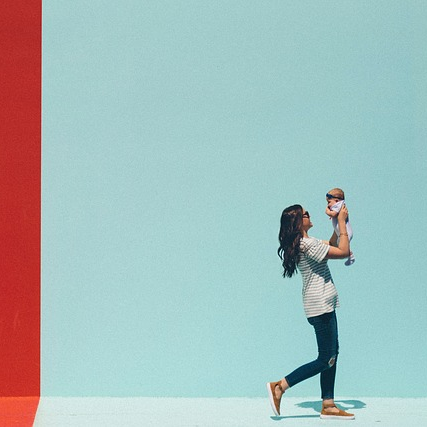Are you a new mom worried about losing your luscious locks after giving birth? You’re not alone! Postpartum hair loss is a common concern among many women, but rest assured, it’s a temporary phase. In this reassuring guide, we’ll navigate the world of postpartum hair loss, helping you understand the timeline, factors affecting its duration, and when does postpartum hair loss end, as well as how to manage and prepare for hair regrowth.
By the end of this blog post, you’ll feel empowered with the knowledge and tools to not only manage postpartum hair loss but to embrace the journey of regrowth with confidence and grace.
Key Takeaways
Postpartum hair loss is a normal, temporary process that typically begins 3 months after childbirth.
Take proactive steps to manage postpartum hair loss with nutritional support, gentle care and hairstyling tricks.
With patience and preparation you can expect your pre-pregnancy state within 12 months of regrowth!
The Timeline of Postpartum Hair Loss
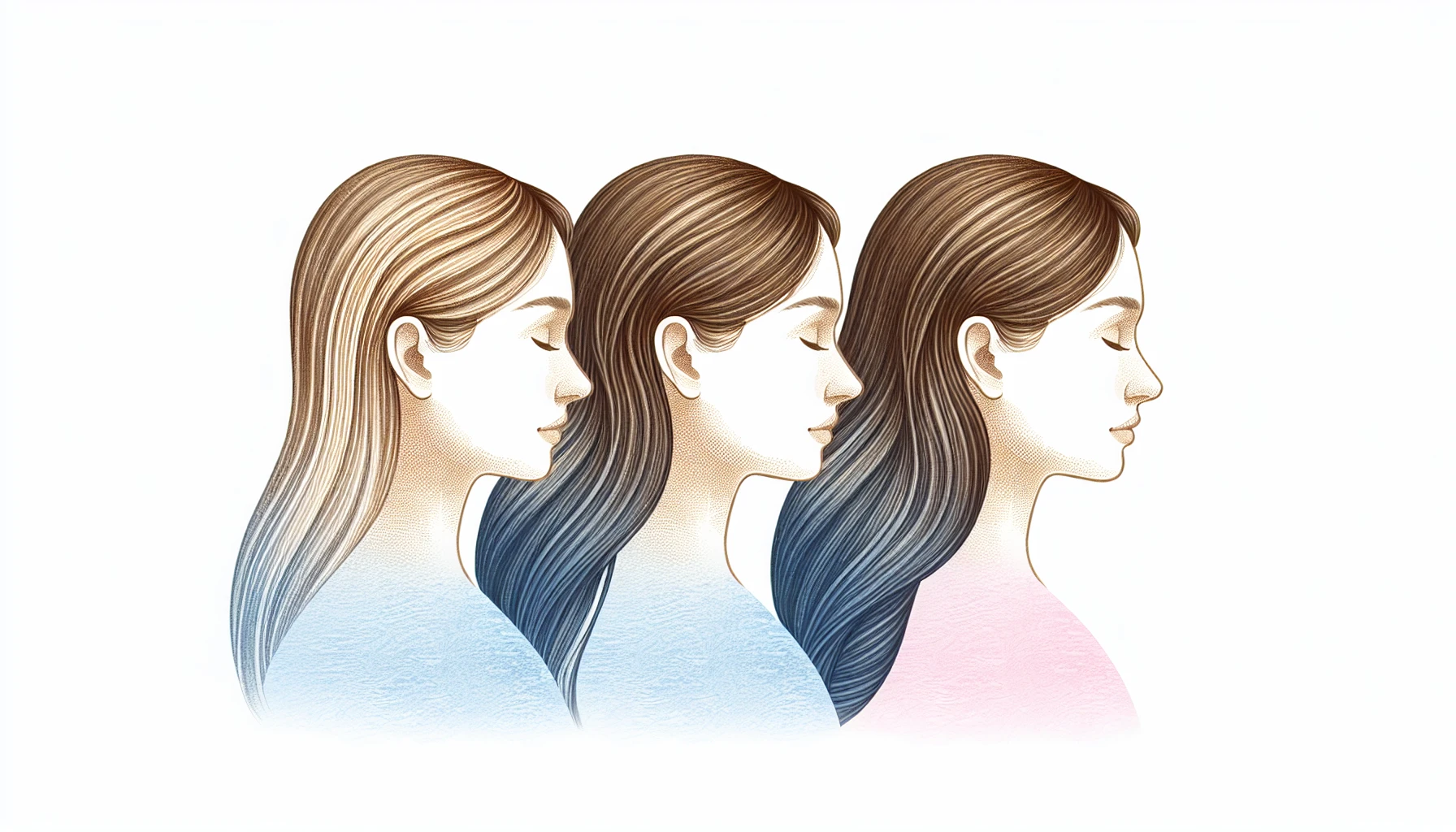
Before we dissect the details, we should first get an overview of the postpartum hair loss timeline. Postpartum hair loss occurs due to hormonal changes after giving birth, with many women experiencing it as a natural part of the postpartum period. The journey usually begins a few weeks after childbirth and peaks around 3-4 months, concluding between 6-15 months after birth.
Comprehending the timeline can alleviate your concerns and set your expectations. Remember, postpartum hair loss is a temporary phase called telogen effluvium, and most women experience some degree of hair shedding during this time.
Start of Postpartum Hair Loss
Many new mothers experience postpartum hair loss, which is a common occurrence that usually starts around three months after birth. This phenomenon is not actually hair loss but rather excessive hair shedding due to the decrease in estrogen levels after childbirth. During pregnancy, elevated estrogen levels prolong the growing phase of the hair growth cycle, resulting in fewer hairs entering the shedding phase. So, when does postpartum hair loss start to happen? It typically begins around the three-month mark following childbirth.
After giving birth, your estrogen levels drop, causing a significant number of hairs to enter the resting phase of the hair growth cycle. Eventually, this hair will begin to shed after a few months, leading to the start of postpartum hair loss.
Peak of Postpartum Hair Loss
The peak of postpartum hair loss usually occurs around four months after delivery and can last up to 15 months. During this time, you may experience sudden and excessive shedding of hair, sometimes in clumps. It’s important to be aware of this possibility and look out for signs like hair tourniquet, where a strand of hair wraps around a baby’s finger or toe, cutting off circulation.
Remember, this noticeable hair loss is temporary, and with proper care, your hair falls will start to regrow.
End of Postpartum Hair Loss
Breathe a sigh of relief! Postpartum hair loss generally stops between 6-15 months after birth, with hair growth resuming afterward. If the excessive hair loss persists beyond fifteen months postpartum, it is highly recommended to consult an expert dermatologist.
As your hair begins to regrow, you may notice changes in texture and density, which are also temporary and influenced by hormonal fluctuations.
Factors Affecting Postpartum Hair Loss Duration
Now that we’ve discussed the timeline, we should examine the elements that might impact the duration of postpartum hair loss. Three key factors play a role in understanding how long postpartum hair loss might last: hormonal changes, nutrition, and underlying health conditions.
Each woman’s body is unique, and these factors can interact differently, affecting the duration of hair loss. By being aware of these factors and addressing them, you can better manage and potentially minimize postpartum hair loss.
Hormonal Changes
The primary cause of postpartum hair loss is the drop in estrogen levels after childbirth. During pregnancy, elevated estrogen levels prolong the growing phase of the hair growth cycle, resulting in fewer hairs entering the resting stage and the shedding phase. Once you give birth, estrogen levels drop, causing a significant number of hairs to enter the resting phase and, eventually, the shedding phase.
Even though these hormonal shifts, caused by pregnancy hormones, are completely natural, monitoring them and seeking advice from your healthcare provider if you have concerns is advisable. Maintaining a well-balanced diet and using gentle hair care products can also support your hair health during this time.
Nutrition and Diet
A nutritious diet is fundamental in lessening the intensity of postpartum hair loss. Consuming a well-balanced diet rich in protein and iron can help strengthen your hair during this challenging time. Protein supplies the essential building blocks for hair growth, while iron promotes hair regrowth by providing oxygen to the hair follicles.
Focus on incorporating lean proteins and iron-rich foods into your diet to support your hair’s recovery after childbirth.
Underlying Health Conditions
Underlying health conditions, such as thyroid disorders or nutrient deficiencies, can prolong hair loss duration. If you suspect that a health issue may be contributing to excessive postpartum hair loss, it’s crucial to consult with your healthcare provider to identify and address the problem.
By keeping a close watch and maintaining your overall health, you can prevent postpartum hair loss and promote healthy hair regrowth more effectively.
Managing Postpartum Hair Loss
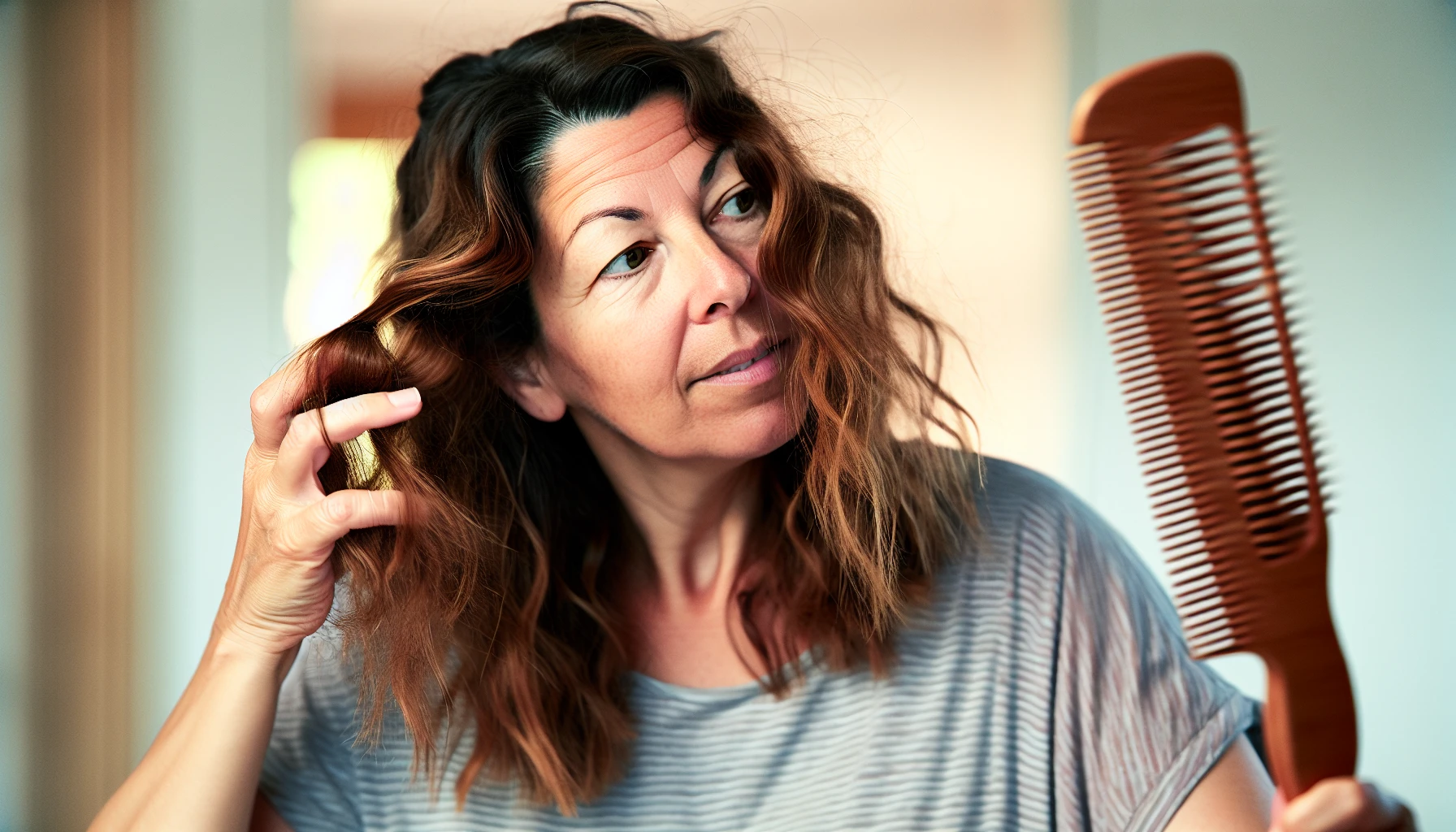
Now that we’ve examined the timeline and factors impacting postpartum hair loss, we should discuss management strategies. With a few simple tips and tricks, you can minimize hair loss, disguise thinning hair, and support healthy hair regrowth. Here are some ways to maintain your hair’s health during this temporary phase:
Practice gentle hair care
Use volumizing products or hairstyles to disguise thinning hair
Eat a balanced diet and consider taking supplements
Try topical treatments or scalp massages to stimulate hair growth
By following these strategies, you can take care of your hair and promote regrowth during the postpartum period.
In the subsequent sections, we’ll offer pragmatic guidance on hair care strategies, styling techniques, supplements, and treatments to aid you in confidently managing postpartum hair loss.
Hair Care Tips
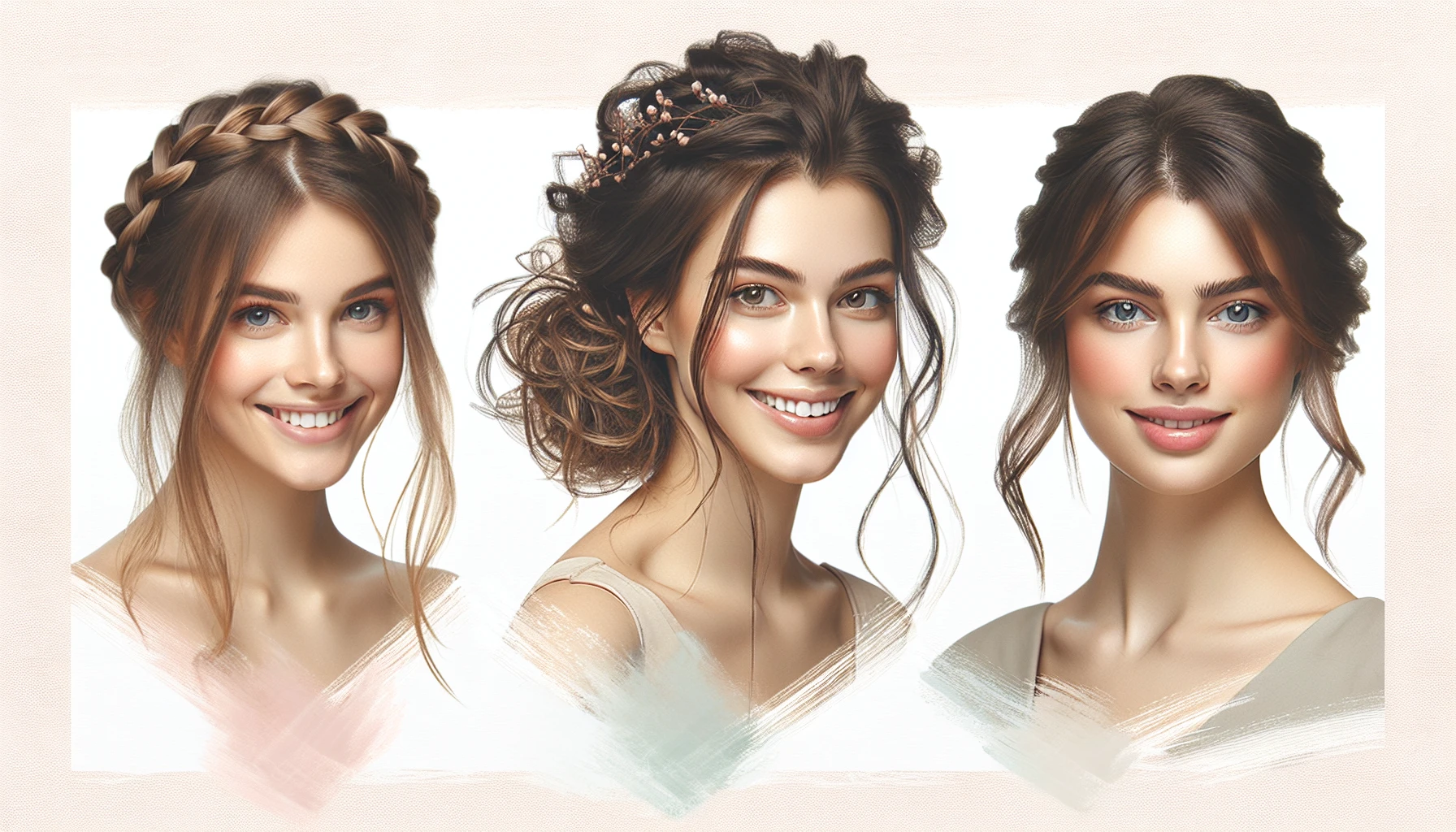
Gentle hair care is essential during postpartum hair loss. Here are some tips to follow:
Wash and brush your hair gently.
Avoid tight hairstyles.
Use a cool setting on the hair dryer.
Opt for conditioners designed for fine hair, as they are gentle on the hair follicle and won’t weigh down your hair.
Use a wide-toothed comb, particularly when the hair is wet, to help reduce damage and breakage.
By employing these hair care strategies, you’ll reduce hair loss and cultivate an optimal environment for healthy hair growth. Remember, your hair’s health is just as important as its appearance during this time.
Hairstyling Tricks
Regarding hairstyling amidst postpartum hair loss, a handful of straightforward techniques can help conceal hair thinning. Try changing your part, adding texture with a curling iron or flat iron, and using hair accessories like clips and pins to create volume and fullness.
Additionally, consider opting for looser hairstyles such as braids, buns, and ponytails that don’t put pressure on the hair. With these hairstyling tricks, you’ll feel confident and stylish despite postpartum hair loss.
Supplements and Treatments
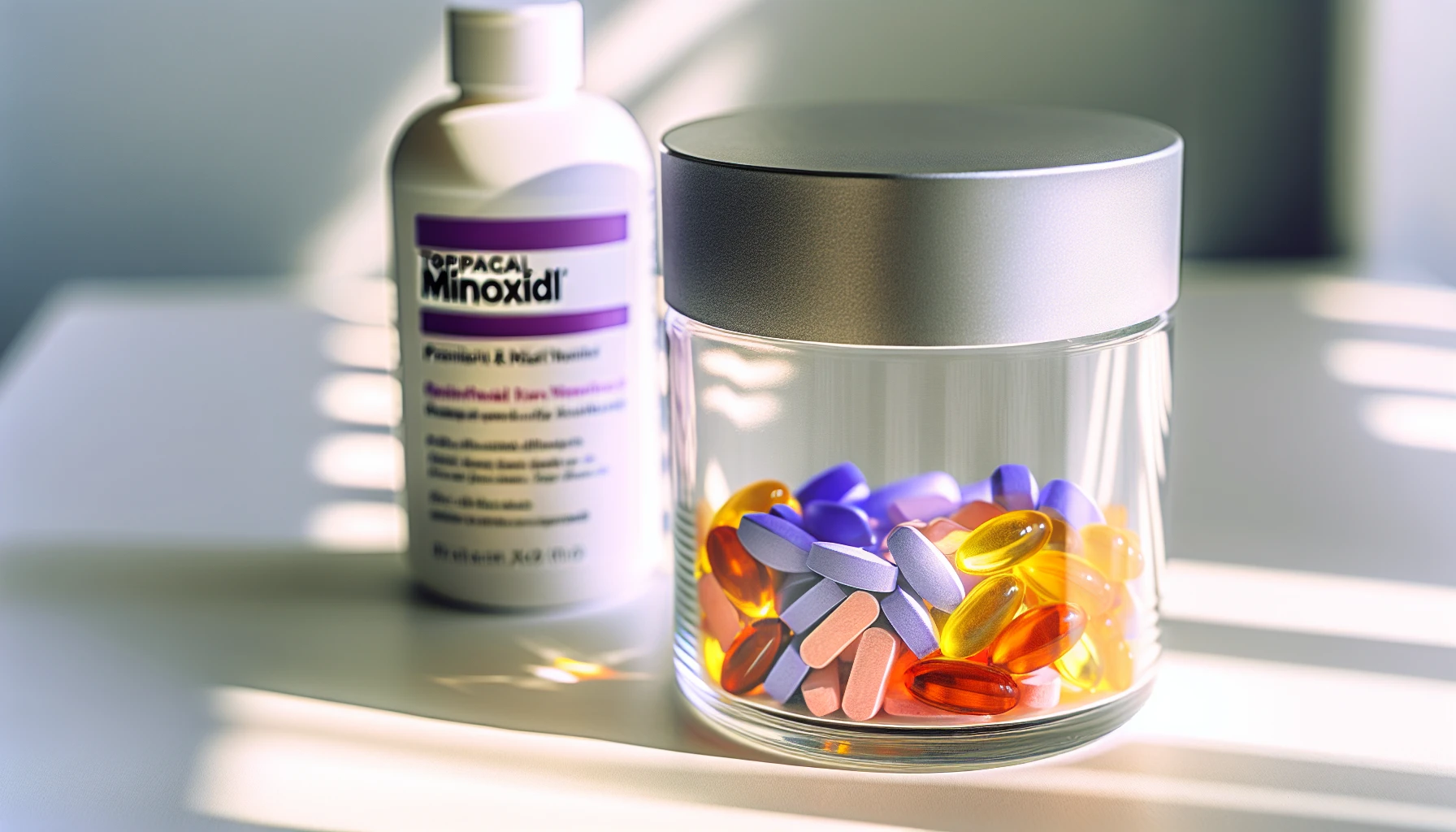
In addition to gentle hair care and clever styling, using a volumizing shampoo, supplements, and treatments can help encourage new hair growth. Topical minoxidil (Rogaine) and Platelet Rich Plasma (PRP) have been successful in helping to treat postpartum hair loss.
You might also consider taking prenatal vitamins, as they contain essential nutrients that support hair health during and after pregnancy. It is important to consult your OBGYN before taking any supplements. This is especially true if you are breastfeeding.
Collagen for Hair Loss
Collagen supplements may help boost hair growth and strength during postpartum hair loss. Collagen is a protein that provides structural support to the hair follicles and contains amino acids that can be used to build hair proteins. Supplementing with collagen may help replenish lower collagen levels in the body, potentially giving your hair a healthy boost.
However, the research on collagen supplementation for hair growth is not conclusive, and it’s essential to consult your OBGYN before taking any supplements during the postpartum period.
Preparing for Hair Regrowth
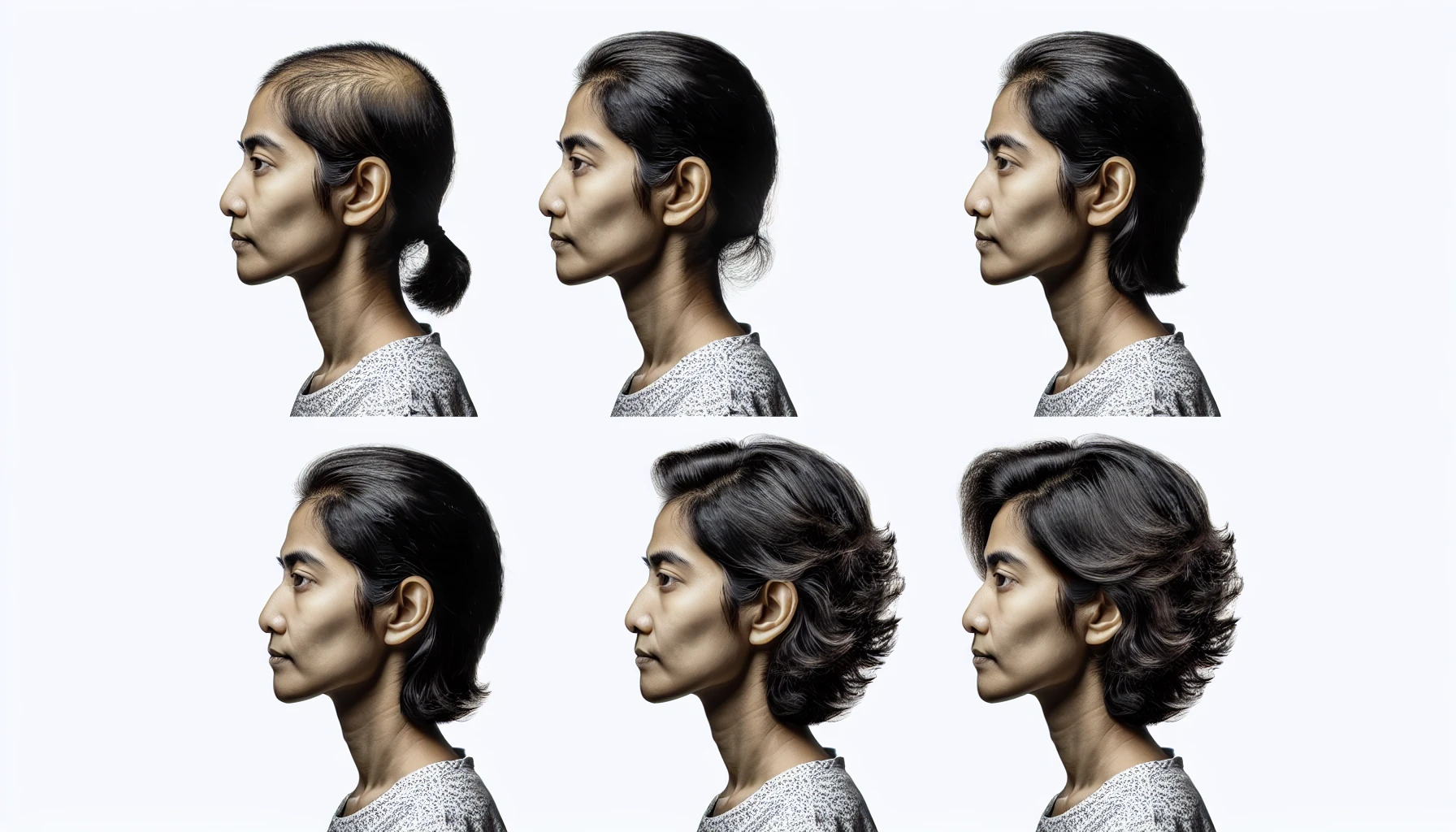
As your hair starts to regrow, it’s important to sustain its health and brace yourself for potential changes in texture and density. In this section, we’ll discuss the timeline for hair regrowth, changes in hair texture and density, and how to maintain hair health during regrowth.
By remaining knowledgeable and forward-thinking, you can maximize your hair’s regrowth journey and uphold its health and beauty.
Regrowth Timeline
Hair growth typically resumes after six months and returns to its pre-pregnancy state after twelve months. While the regrowth process may seem slow, it’s important to remember that hair growth follows a cyclic pattern, and your hair will eventually grow back over time.
By exercising patience and looking after your hair during this phase, you’ll reap the rewards of your efforts as your hair restores its former luster.
Changes in Hair Texture and Density
As your hair begins to regrow, you may notice changes in texture and density due to hormonal fluctuations during and after pregnancy. Hair may grow back:
thicker
thinner
curlier
straighter
Although these changes can be surprising, they are temporary and will eventually revert back to your pre-pregnancy hair texture and density.
Maintaining Hair Health During Regrowth
To maintain hair health during regrowth, continue eating a balanced diet and using gentle hair care products. Additionally, monitor your overall health and consult with your healthcare provider if you suspect any underlying health conditions that may be affecting your hair regrowth.
By remaining proactive and caring for your hair throughout the regrowth process, you’ll guarantee healthy, resilient hair for the future.
Summary
In conclusion, postpartum hair loss is a common and temporary phase that many women experience. Understanding the timeline, factors affecting its duration, and how to manage and prepare for hair regrowth will empower you with the knowledge and tools to navigate this journey with confidence. Remember, your hair is resilient and will bounce back with proper care and attention. Embrace the journey of regrowth, and soon enough, you’ll be enjoying your luscious locks once again.
Frequently Asked Questions
How long does postpartum hair loss last for?
Postpartum hair loss typically starts about 3 to 5 months after your baby is born and can last up to fifteen months, peaking around four months postpartum. Most women regain their normal hair growth by the time their child’s first birthday arrives.
When does postpartum hair loss stop babycenter?
Postpartum hair loss can begin shortly after the birth of your baby, but don’t worry! It’s totally normal and usually lasts for about three months. By your baby’s first birthday you should have noticed an improvement in your hair’s texture and volume and it will have grown back in completely by 15 months.
When does baby hair grow back after falling out?
Baby hair typically grows back within 6 to 12 months of falling out due to friction from turning their heads against a firm surface such as a crib mattress, playpen, activity mat or infant seat. Once the baby starts to sit up, the hair will grow back.
When does your hair stop falling out during pregnancy?
You can expect the hair loss associated with pregnancy to start decreasing within 3-4 months after delivery. There’s no need to worry as this is a normal part of the normal hair loss cycle and won’t cause any permanent damage.
What factors can affect the duration of postpartum hair loss?
Postpartum hair loss can be affected by several factors, such as hormonal changes, nutrition, and underlying health conditions.
